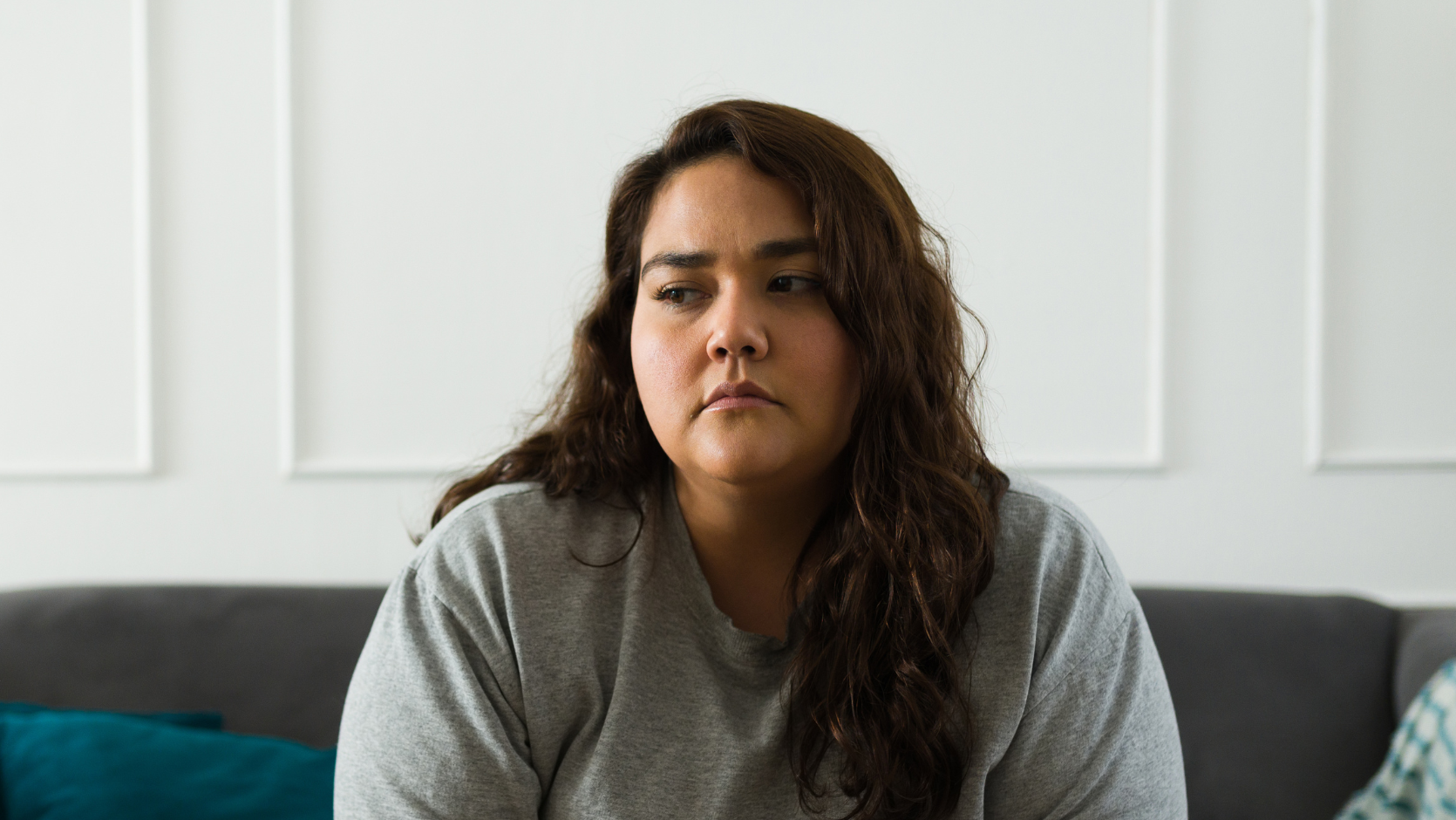The Facts
Survivor claims gun was fired accidentally
In 2015, a very unusual murder trial was heard in the Victorian Supreme Court. The events unfolded when two men got into a fight and struggled over a gun. The gun went off and one of the men was shot in the head. The survivor claimed that that shot was fired by accident.
The victim collapsed on the floor and the surviving man saw the body twitch and jerk. The record of the police interview with the surviving man sets out what happened next.
Q: All right. And what happened after that?
A: Well, I couldn’t – I didn’t know what to do so – yeah, I didn’t want the bloke suffering so I shot him again, yeah, ’cause he wasn’t dead. Yeah.
Q: And so what happened then?
A: I don’t know. I went and looked at his room and found some more bullets, and I shot him again, yeah, to stop him from suffering.
Q: Yeah. So when you shot him that second time you said that that was so that he wouldn’t suffer.
A: ’Cause I wasn’t sure if he was alive or dead.
Did the victim die after the first shot was fired?
The surviving man was charged with murder. However, at his trial, medical evidence suggested the twitching and jerking could have been the victim’s body making involuntary responses. In other words, he may have already been dead when the defendant shot him a second and third time.
Can it be murder or attempted murder if someone is already dead?
Both prosecution and defence lawyers said they had never encountered such a strange murder case, and could find no legal precedent to draw on.
However, the jury still had to decide whether the accused was guilty or not guilty of murder, attempted murder or manslaughter.














Expert commentary on the court's decision
Jury finds defendant guilty of attempted murder
In the case The Queen v Darrington [2016] VSC 60, the jury found the accused, Daniel Darrington, not guilty of murder or manslaughter. However, they did find him guilty of the attempted murder of Rocky Sparticus Matskassy, the man who had died.
During the sentencing hearing, the judge said that the jury’s verdict indicated that the members of the jury could not be satisfied beyond a reasonable doubt that Mr Darrington deliberately caused Mr Matskassy’s death.
However, the jury determined that he had intended to kill Mr Matskassy when he believed he was still alive.
Murder, attempted murder and manslaughter
The Australian laws relating to murder, attempted murder and manslaughter are all state-based. (Please see Murder, attempted murder, manslaughter, misadventure and accident – forms of death from unnatural causes.)
However, in practice there is not a great deal of difference between the laws which cover these crimes in the different Australian territories and states.
Did the gun go off accidentally? Or was the first shot fired deliberately?
For a jury to find a defendant guilty, it must be convinced “beyond reasonable doubt”. In this case, the fact that Mr Darrington shot Mr Matskassy a further two times with the clear intention to finish him off might suggest that the gun did not go off by accident when the first bullet was fired, as the surviving man claimed.
However, the court considered the evidence of both the pathologist and the forensic scientist who were called by the Crown at trial. This evidence did not exclude the possibility that Mr Darrington had not fired the first shot deliberately.
"Your determination to make sure he was dead"
In handing down the sentence, the judge said:
The judge noted that the case had “an air of unreality” about it, but this did not justify a lower sentence.
He jailed the man for eight years, with a non-parole period of five years.